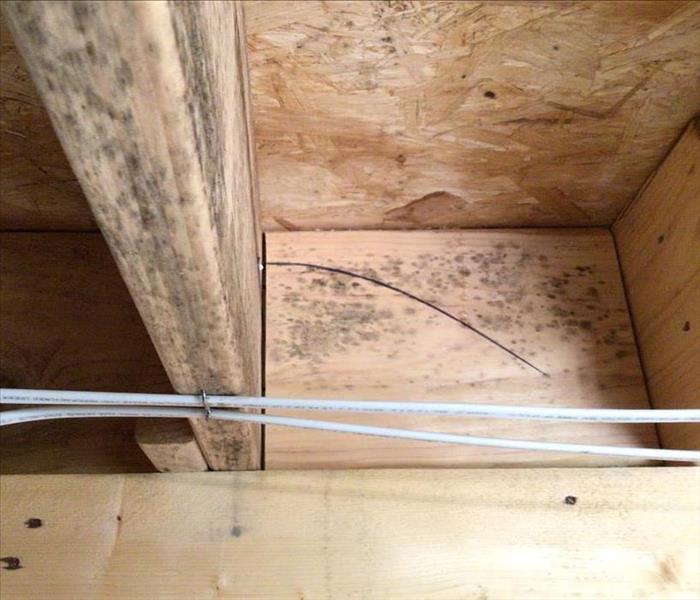Where to Check for Mold Before Starting Home Renovations
7/17/2024 (Permalink)
 If you suspect mold in your renovation areas or need expert advice, don’t hesitate to contact our professional team.
If you suspect mold in your renovation areas or need expert advice, don’t hesitate to contact our professional team.
Starting a home renovation is an exciting venture, but it's crucial to tackle any potential issues before they become bigger problems down the line. One such issue is mold. Mold not only damages your property but can also complicate your renovation plans. Identifying and addressing any mold issues before you begin can save time, money, and hassle. Here’s where to check for mold prior to starting your renovations.
1. Bathrooms and Kitchens
These areas are the most common breeding grounds for mold due to their high moisture levels. In the bathrooms, check around the sink, bathtub, and toilet. Look for any discoloration or black spots on walls, ceilings, and around plumbing fixtures. In kitchens, inspect areas under the sink and around the dishwasher and refrigerator. Don’t forget to examine exhaust fans and ventilation systems that can harbor mold spores.
2. Basements and Crawl Spaces
Basements and crawl spaces often suffer from poor ventilation and water intrusion, which can create ideal conditions for mold growth. Check for signs of moisture or water damage, such as water stains, peeling paint, or warping. Inspect floor joists and behind any stored items where moisture can accumulate unnoticed.
3. Windows and Door Frames
The seals around windows and doors are common places for moisture to enter and get trapped, creating a perfect habitat for mold. Check these areas thoroughly for any signs of mold, mildew, or rot. Pay attention to any soft spots or discoloration in the wood or drywall around these frames.
4. Attics
Attics can be susceptible to mold growth due to roof leaks or inadequate ventilation. Examine the insulation, rafters, and sheathing for any signs of mold or moisture. Be sure to inspect around roof vents and chimneys where leaks might occur.
5. HVAC Systems
Your heating, ventilation, and air conditioning system can distribute mold throughout your house. Check the air ducts, intake vents, and drip pans for any signs of mold. It’s crucial to ensure these systems are clean and functioning correctly to prevent mold spread during and after renovations.
6. Behind Drywall and Paneling
Mold can grow undetected behind walls, particularly if there has been previous water damage. During renovations, it might be necessary to remove sections of drywall or paneling to check for hidden mold. This is especially important if you’ve experienced flooding or have noticed a musty smell in any area of your home.
7. Flooring
Whether it’s carpet, hardwood, or linoleum, the flooring can harbor mold beneath its surface, especially in areas prone to dampness. Before laying new floors or carpet, ensure that the subflooring is thoroughly inspected and treated for any mold or moisture.
Checking these areas for mold before starting renovations is essential for a successful project. Ignoring mold can lead to significant damage and expensive repairs in the future. If you do find mold, it’s advisable to handle it professionally before proceeding. At SERVPRO®, we specialize in mold remediation and can help ensure that your renovation project starts on the right foot.
If you suspect mold in your renovation areas or need expert advice, don’t hesitate to contact our professional team. We’re here to help your renovations go smoothly by tackling the tough issues head-on.

 24/7 Emergency Service
24/7 Emergency Service